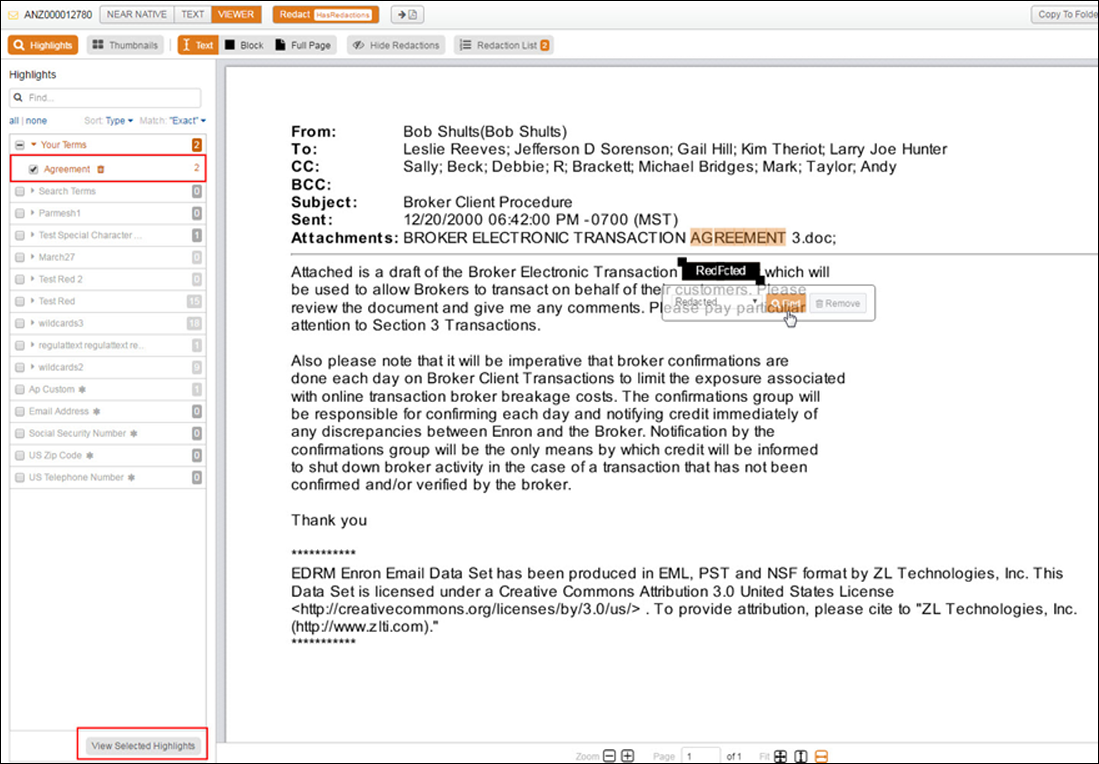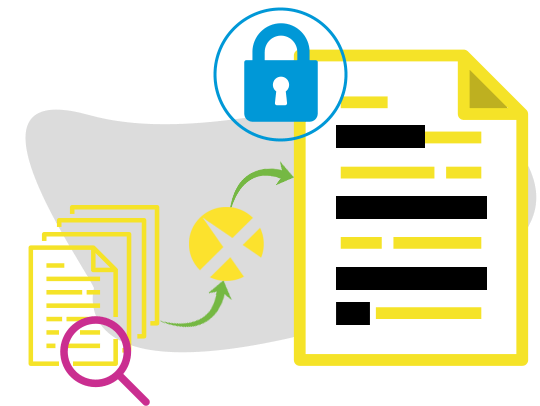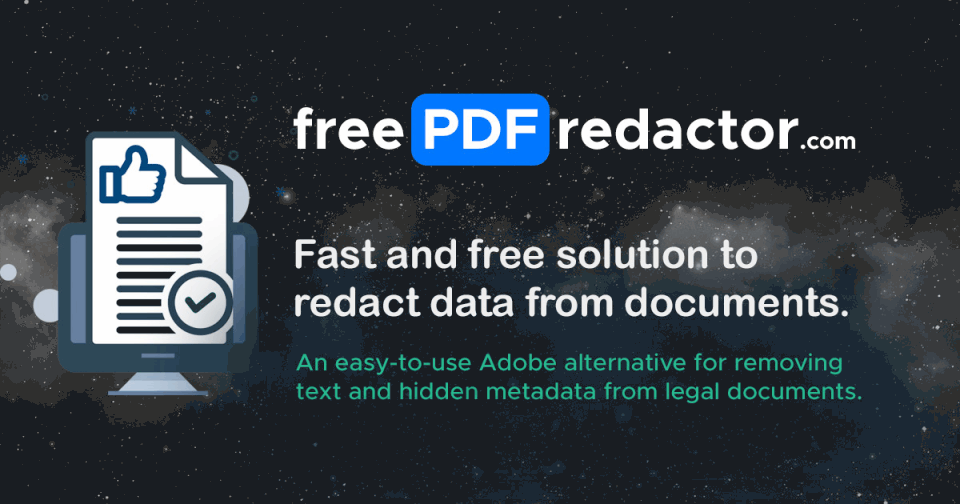

The screen reader helper provides additional information about the currently selected text (e.g. Screen readers basically treat a content editable region like a text box - which is wrong, because it can contain images, links and more.

All tables should contain row or column headers.Tables should not contain merged cells as they are difficult to navigate with screen readers.Long blocks of text are sufficiently broken up into headings.Contrast of font colour and background colour meets WCAG AA guidelines.Images with missing or empty alt text (unless they have the presentation role).The list of problems that the accessibility checker looks for is: These are usually things in the way the text is constructed that can prevent all users from having equal access to information and functionality. One of the tools available in the text editor is an automated accessibility checker which checks for some common errors in the text. If more than one text editor is enabled, users can select their preferred editor via their preferences page in the user menu (top right).

The order of priority may also be specified here. Text editors can be enabled, disabled or a different one set to default from Administration > Site administration > Plugins > Text editors > Manage editors. There is also a version of the TinyMCE editor and a plain text editor. The default text editor in Moodle is the Atto editor, built specifically for Moodle. Some examples of where you will see the text editor include: Editing Section headings, description of an activity, writing an answer to a quiz question or editing the content of many blocks. Many of these icons and functions should be familiar to anyone who uses a word processor. The text editor (sometimes referred to as the 'HTML editor') has many icons to assist the user in entering content. 7.2.2.1 Background colour / Font colour.


 0 kommentar(er)
0 kommentar(er)
